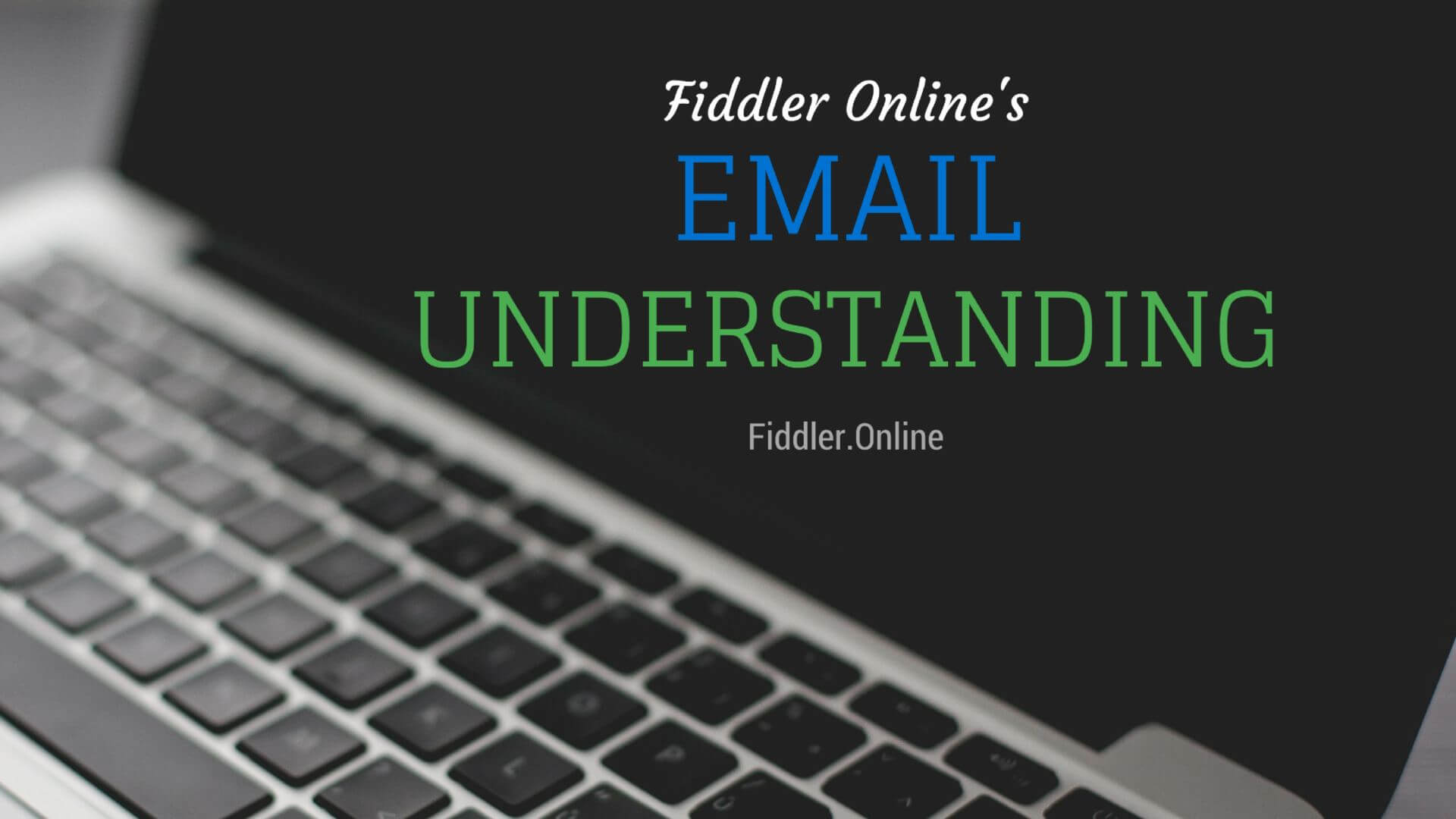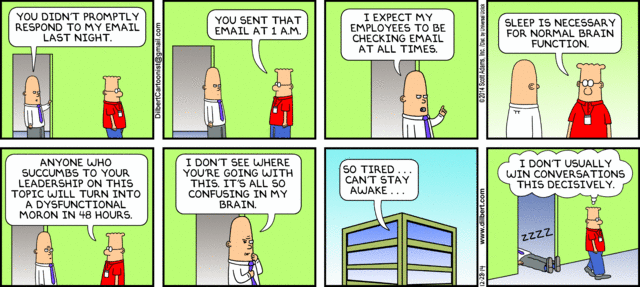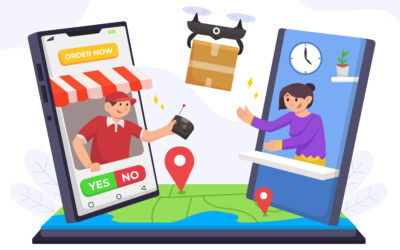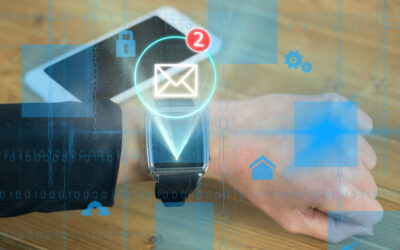Today, many of us have developed bad email habits. A simple task, like answering a question or coordinating a meeting, can take hours as we engage in a back-and-forth email exchange. Virtual ping-pong with colleagues or clients often leaves us frustrated and exhausted. Instead of moving projects forward, email tends to slow things down, with constant interruptions and messages that seem to multiply as soon as you hit “send.” This email overload can impact both productivity and morale, making it difficult to focus on the bigger picture or more important tasks.
Some people have even misinterpreted email as an instant messaging system. They live in a world where they expect immediate responses, as if everyone is glued to their inboxes, eagerly waiting for their message to arrive. This leads to situations where someone might email you, then quickly follow up with, “Where have you been? I emailed you 5 minutes ago!?!?” If you encounter such email addicts, it’s best to avoid falling into that same pattern. Instead, establish clear boundaries for response times, and consider adopting alternative communication methods that are more efficient for your business.
Because of addicts like this, it’s essential that you clearly communicate to your clients how to get in touch with you most effectively. Create a link to this in your email signature so that all will understand you are a recovering email addict. Here’s what our email understanding looks like.
Fiddler Online’s Email Understanding
If you need a response within 48 hours: EMAIL ME
My time is precious, so if you assume I am sitting in my inbox waiting for your email—you’re mistaken. I check my email once a day and will respond accordingly. I use tools like Inbox When Ready to make this easy. This is the preferred method to request updates to your website. Our whole team can see emails from clients, and we get them in our work queue right away. However, depending on how big that queue is, it can take a few business days before we get back to you. But if it’s urgent, and you say as much, someone will see it and we can work on it soon.
If you need a response within 24 hours: TEXT ME
Text messages is the only thing that alerts me on my phone (other than phone calls). So if it is something I need to handle that day. Send me a text. I’ll respond to you as soon as possible.
If you need a response within 2 hours: CALL ME
My phone is on me all day and everyday. If the matter at hand will be on your mind until it is resolved than give me a call. I hate phone tag, so I always answer if I am available. I’m of the perspective that the person in front of me is the most important at the time and just because you are calling me on a buzzing piece of plastic doesn’t give you priority over others. So I generally only won’t answer, if I’m talking with another person. But don’t worry, I’ll call back.
YOUR WORLD IS IN CRISIS!!!: CALL, Then Text, Then Email
If you still can’t seem to get ahold of me, call my wife, Jill: 801-891-3324. The more we follow these rules the more effective I will be and the happier my clients will be.
If you are addicted to email, and use Gmail/G Suite, I suggest you checkout InboxZero or Inbox When Ready (mentioned above).






Thank you for this post. I tend to follow a similar method of triage when it comes to my inbound communication. As busy as we get in this day and age, it is often difficult to direct folks to who communicate with people like us to follow rules like this, but it takes time as they get to know us better and how we work.
Just wish there was a like button! I have tried to break the email habit. Even putting it on my schedule twice a at specific times.. but something always brings me back to the a habit. I must be a email-holic. 🙂 Good post.